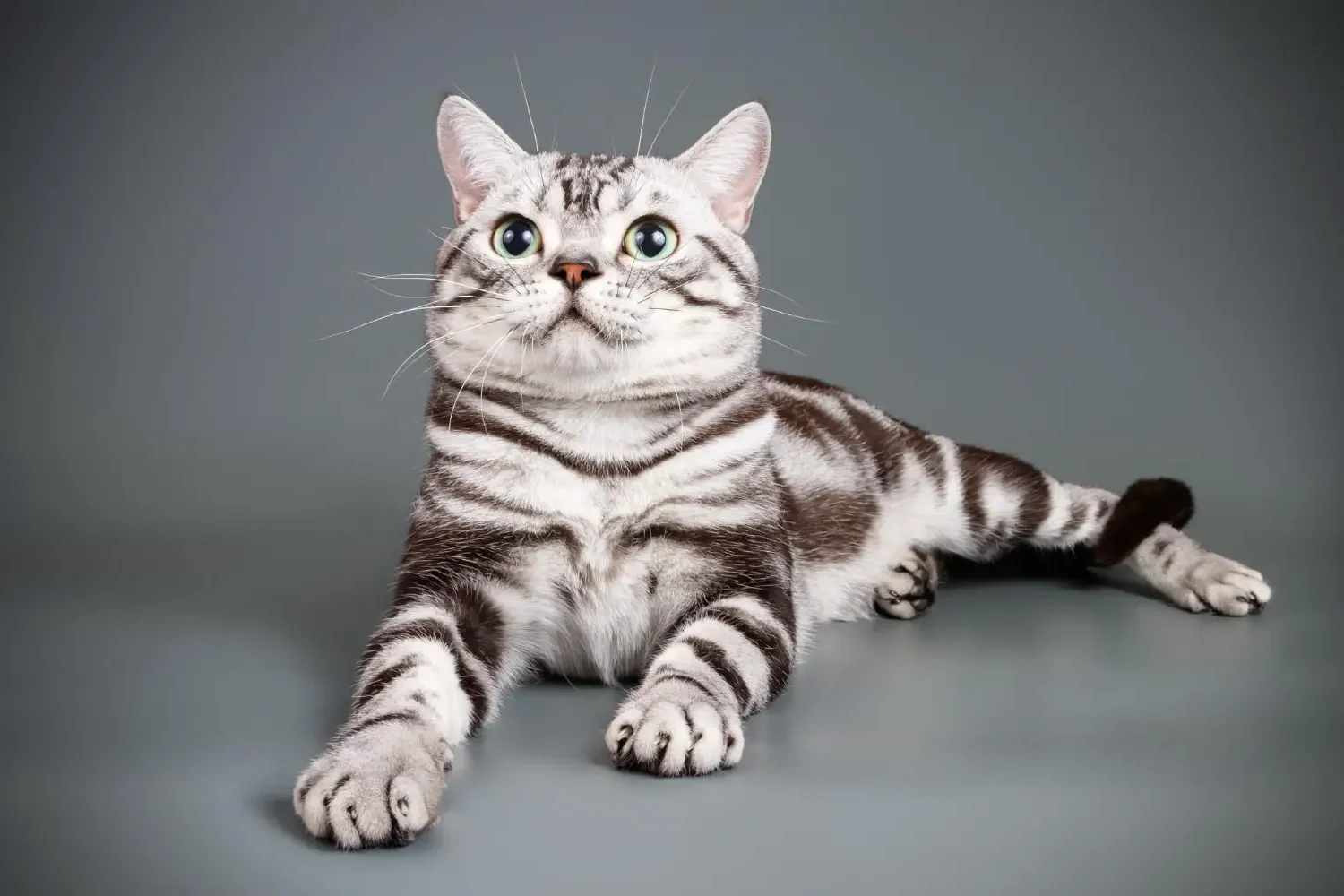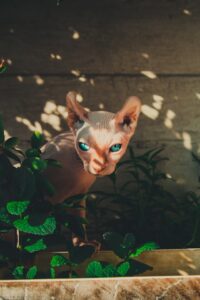
American Shorthair vs. BritishShorthair: What’s the Difference?
Contents
- 1 American Shorthair and British Shorthair are both shorthaired cats, but they are essentially different breeds.
- 2 The American Shorthair was created by crossbreeding domestic cats in North America during the 19th century.
- 3 The British Shorthair is also a domesticated breed that originated in Great Britain during the 18th century.
- 4 Despite their differences, both breeds share similar physical features such as point coloration and body type.
- 5 The American Shorthair has a thicker coat than British Shorthairs, which makes it harder to groom them with a brush.
- 6 American shorthairs are generally larger than British shorthairs, but not by much.
- 7 These two types of cats aren’t very different despite their name differences
- 8 Conclusion
When you think of shorthaired cats, the first thing that probably comes to mind is the American Shorthair. This breed has been around for over a century, and it’s one of the most popular cat breeds in the United States today. But what exactly makes an American Shorthair different from other types of shorthaired cats such as British shorthairs? In this article, we’ll explore how these two similar-looking breeds differ from each other so that you can decide which type is right for your home!
American Shorthair and British Shorthair are both shorthaired cats, but they are essentially different breeds.
The American Shorthair and the British Shorthair are both shorthaired cats, but they are essentially different breeds. The American Shorthair originated in North America during the 19th century and is a domesticated breed that has been selectively bred for over 150 years. This breed was developed from domestic cats who were brought to North America by European settlers.
The British Shorthair is a natural breed that originated in Great Britain (where it’s still known as ‘British Blue’). It was first imported into North America in 1979 when one of its ancestors won Best Cat at an international show in New York City!
The American Shorthair was created by crossbreeding domestic cats in North America during the 19th century.
The American Shorthair was created by crossbreeding domestic cats in North America during the 19th century. They were bred to be a working cat, so they have very muscular bodies and large paws. The American Shorthair is considered one of the most popular breeds in North America today, but it’s still rare outside of this continent.
The British Shorthair is also a domesticated breed that originated in Great Britain during the 18th century.
The British Shorthair is also a domestic cat that originated in Great Britain during the 18th century. The breed was created by cross-breeding domestic longhaired cats with wild cats of European origin, but it’s also known as the British Longhair because its coat can be either short or long. While both breeds have their similarities–such as being medium-sized and having almond eyes–there are some key differences between them:
- American Shorthairs tend to be larger than British Shorthairs (up to 15 pounds).
- American Shorthairs come in many colors while British Shorthairs only come in four color combinations: blue/cream, chocolate/cream, tortoiseshell/blue or chocolate tortie; these combinations are referred to as “pointed” coats because each hair has tips that are colored differently from its base coat color (e.g., black tips on a gray tabby).
Both breeds share similar physical features, like point coloration and body type.
The American Shorthair is known for its large head and oval eyes, as well as its medium length coat that’s short enough to not require brushing daily. The British Shorthair also has an oval-shaped face with big round eyes (though this can vary depending on whether you have an orange tabby or a brown tabby). But unlike its American cousin, it has longer fur that requires regular grooming to keep it tangle free.
The American Shorthair has a thicker coat than British Shorthairs, which makes it harder to groom them with a brush.
American Shorthairs have a thicker coat than British Shorthairs, which makes it harder to groom them with a brush. The American Shorthair is also more prone to matting than its British counterpart.
American shorthair cats are known for their long fur and silky texture, which makes them ideal for people who love cats with lots of hair but don’t want all the maintenance that comes along with grooming them daily or weekly. They have an average lifespan of 15 years–which means you’ll have plenty of time to get used to having such an affectionate pet around!
American shorthairs are generally larger than British shorthairs, but not by much.
American Shorthairs are generally larger than British Shorthairs, but not by much. They’re both shorthaired cats and both domesticated breeds that were created by crossbreeding domestic cats in North America and Great Britain.
American Shorthairs have a more muscular body type than the British variety, which makes them look like they could beat you up if you tried to mess with them (which we don’t recommend). It also means that they can weigh up to 15 pounds (6.8 kilograms), whereas most British Shorthairs weigh under 10 pounds (4.5 kilograms).
These two types of cats aren’t very different despite their name differences
These two types of cats aren’t very different despite their name differences. Both are shorthaired breeds with similar origins, but the British Shorthair is a little bit older. The American Shorthair was created by crossbreeding domestic cats in North America during the 19th century, while its European counterpart was developed much earlier–it’s believed to have started as far back as Roman times.
American Shorthairs tend to be larger than British Shorthairs and have more round heads with shorter muzzles (the nose area). British Shorthairs have longer faces that slope at an angle toward their ears; they also tend to weigh less than their American counterparts (5-10 pounds vs 7-15 pounds). Despite these differences, both breeds make great pets!
Conclusion
Although there are differences between American Shorthairs and British Shorthairs, they’re not as big as you might think. These two types of cats have a lot in common when it comes to their appearance and behavior. They both have short coats that make them easy to groom, point coloration on their faces and paws (which makes them look like they’re wearing gloves), and bodies built for jumping! So if you’re looking for a fun pet who loves playing outside or just lounging around your house all day long – then either breed could be perfect for you!



Average Rating